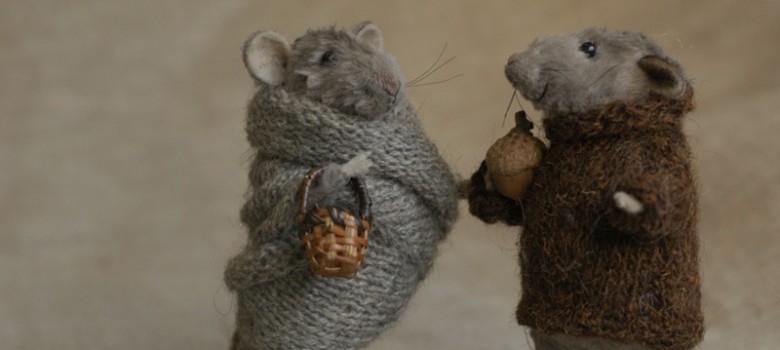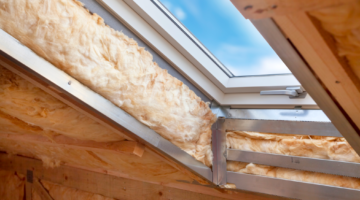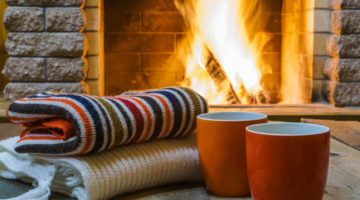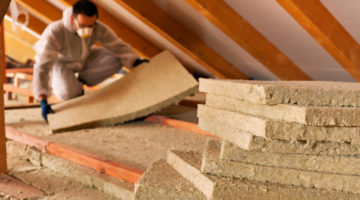
In the past there have been numerous reports of sheep wool insulation attracting all types of pests and it is a question we get frequently asked here at TheGreenAge – are the sheep wool fibres going to become a home for moths and rodents?
Untreated sheep wool will attract moths and other insects, however modern treatment techniques mean that sheep wool insulation you buy today will perform very well and resist any sort of pest infestation.
Sheepwool insulation treated with Thorlan IW is resistant to moth infestation
We recommend that any sheep wool you buy to use as an insulation product should be treated with Thorlan IW, to help give the wool its resistance to pests. Provided it is treated with this chemical, it should provide the consumer the comfort that the product will last the test of time.
Thorlan IW is a registered in the EINECS-Register as approved by various EU regulations. The chemical is widely used in the wool insulation industry and is widely accepted as the industry standard. According to independent tests, once treated with the Thorlan, the wool material is safe to handle by consumers.

The reason that Thorlan IW is effective in protecting sheepwool insulation against being eaten by moths and insects is that when washed it is permanently attached to the materials via a chemical process. While you may in very rare cases still see traces of moth, you will not have an epidemic as these fibres will become deadly to the pests organisms thereby stopping them in their tracks!
In terms of the treatment process, the substance is dissolved in softened boiling water that is conditioned to pH-value of 2-3. Sheepwool insulation material has positively charge ions and the substance has negatively charged ions. When the ions have an opposite charge they attract and form an extremely strong, permanent chemical bond.
This process can only be reversed if an opposite chemical process took place, which means in a typical loft or wall application it (the chemical) won’t evaporate. This is why when the sheepwool insulation is treated it is not only resistant being eaten by insects but the material will stay robust even it is exposed to moisture, prolonged periods of humidity and UV radiation.
In the past Borax was used, which unfortunately over time evaporated from the sheep wool fibres. This meant that the resistance to moths also evaporated!
Long-term protection from pests & insects
As mentioned previously, while the product fibre will be resistant to large infestations, it will not prevent rodents making their way into the loft or any other infestations that are possible through permeable spaces – no loft insulation material will prevent this! Even PIR insulation boards can be chewed into by mice and rats.
So if you do end-up having an infestation of some sort, seek the help of a professional to give you a view of the root cause of this problem and how it can be appropriately remediated.
>>>Want to know more about the advantages of SheepWool insulation? Click Here<<<
Photo Source: www.fadeeva.com












Thanks for this – I didn’t realise the sheepwool was treated, as if I did I would have gone for the unhealthy fibre glass wool. Could I still put sheep wool on top or do I have to take it all out?
Hi Amit, thanks for getting in touch. You can simply lie the wool insulation on top of any existing insulation you have in place, but you might wish to start again!
Hi,
is anybody knows where can i buy thorlan ?
I have underfloor heating with sheep wool under the boards (and also insulating the walls). I now have a chronic moth problem in the kitchen (where the heating is) and it seems they are breeding under the floorboards in the wool. What can I do??
We have the same problem with moths in all the upstairs wall sheepswool insulation. We thought we were being eco in 2003 but sadly rather too insect friendly!!
try diatomaceous earth or borax.